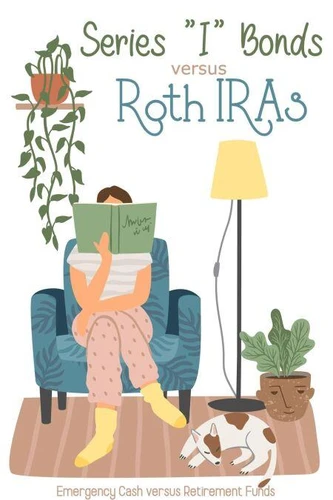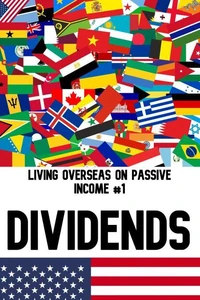Series “I” Bonds vs Roth IRAs: Emergency Cash vs Retirement Funds. MFI Series1, #181
Par :Formats :
Disponible dans votre compte client Decitre ou Furet du Nord dès validation de votre commande. Le format ePub est :
- Compatible avec une lecture sur My Vivlio (smartphone, tablette, ordinateur)
- Compatible avec une lecture sur liseuses Vivlio
- Pour les liseuses autres que Vivlio, vous devez utiliser le logiciel Adobe Digital Edition. Non compatible avec la lecture sur les liseuses Kindle, Remarkable et Sony
 , qui est-ce ?
, qui est-ce ?Notre partenaire de plateforme de lecture numérique où vous retrouverez l'ensemble de vos ebooks gratuitement
Pour en savoir plus sur nos ebooks, consultez notre aide en ligne ici
- FormatePub
- ISBN8201076412
- EAN9798201076412
- Date de parution08/05/2022
- Protection num.pas de protection
- Infos supplémentairesepub
- ÉditeurJL
Résumé
If you were 25 years old, would you start a Roth IRA or purchase Series "I" Savings Bonds? Conventional wisdom is to start a Roth IRA because of the power of compounding. However, looking your money away for 40+ years can be challenging. Series "I" Bonds will also compound (at a lower rate), but you can also use them as an emergency fund. Plus, they are tax-free until you liquidate them. Realizing that the American dream costs $5 million, we need to be more intentional with our money.
Locking away tons of money throughout our expensive years may not be as wise as before.
Locking away tons of money throughout our expensive years may not be as wise as before.
If you were 25 years old, would you start a Roth IRA or purchase Series "I" Savings Bonds? Conventional wisdom is to start a Roth IRA because of the power of compounding. However, looking your money away for 40+ years can be challenging. Series "I" Bonds will also compound (at a lower rate), but you can also use them as an emergency fund. Plus, they are tax-free until you liquidate them. Realizing that the American dream costs $5 million, we need to be more intentional with our money.
Locking away tons of money throughout our expensive years may not be as wise as before.
Locking away tons of money throughout our expensive years may not be as wise as before.























